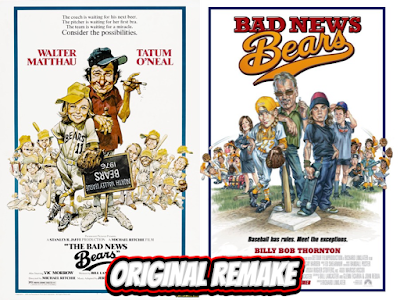On this episode we celebrate the return of baseball (mainly just Michael) by watching the 1976 and 2005 versions of THE BAD NEWS BEARS. We admire the hard living of Walter Matthau, the romantic peak of Billy Bob Thornton, and the cinematic coaching abilities of Mark Wahlberg in PAIN & GAIN. Join us as we take your earbuds back to a time when Freddy Krueger ruled the diamond as we wait for Richard Linklater's newest baseball movie EVERYBODY WANTS SOME to make its way to our local theater.
MULHOLLAND DRIVE is a complex and surreal film directed by David Lynch, known for its non-linear narrative and dreamlike sequences. The ending is open to interpretation and has been the subject of much debate among viewers. Here's a breakdown of the ending: Diane's Dream vs. Reality: Throughout the film, there are two main narrative threads: one follows Betty/Diane's dreamlike experiences in Hollywood, and the other delves into Diane's harsh reality. The ending reveals that the majority of the film has been a dream constructed by Diane Selwyn, a failed actress, as a means to escape the guilt and pain of her actions. Betty/Diane's Descent into Madness: Betty, played by Naomi Watts, represents Diane's idealized self—a hopeful and innocent aspiring actress. However, as the film progresses, it becomes clear that Betty's story is unraveling, and her identity begins to merge with Diane's. This culminates in the revelation that Betty is merely a construct of Di...


Comments